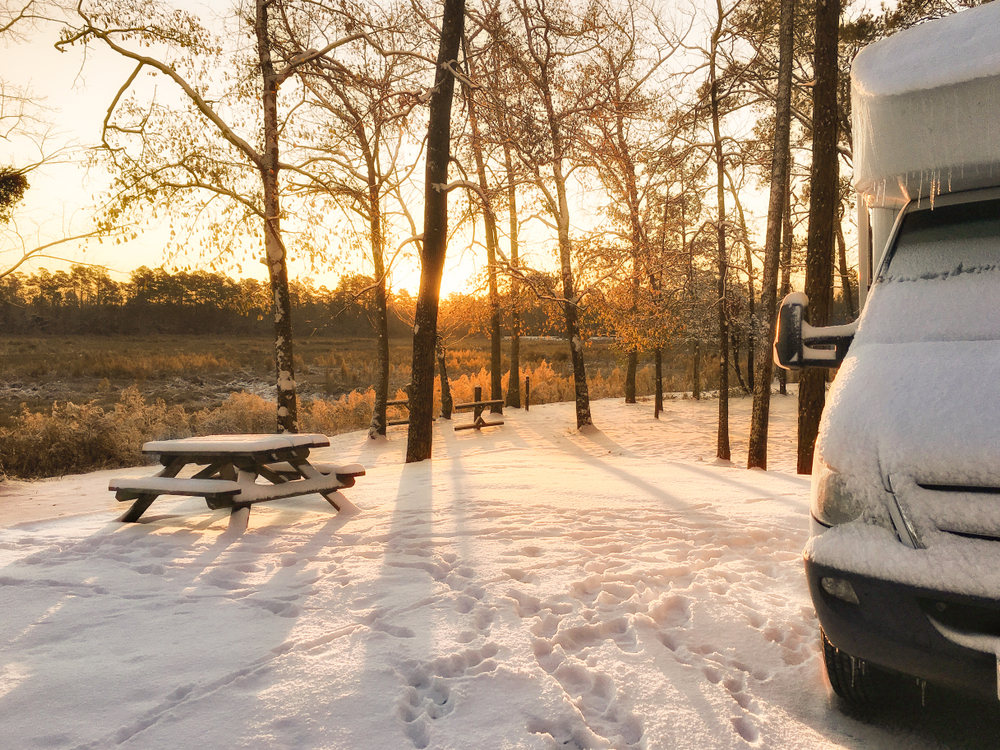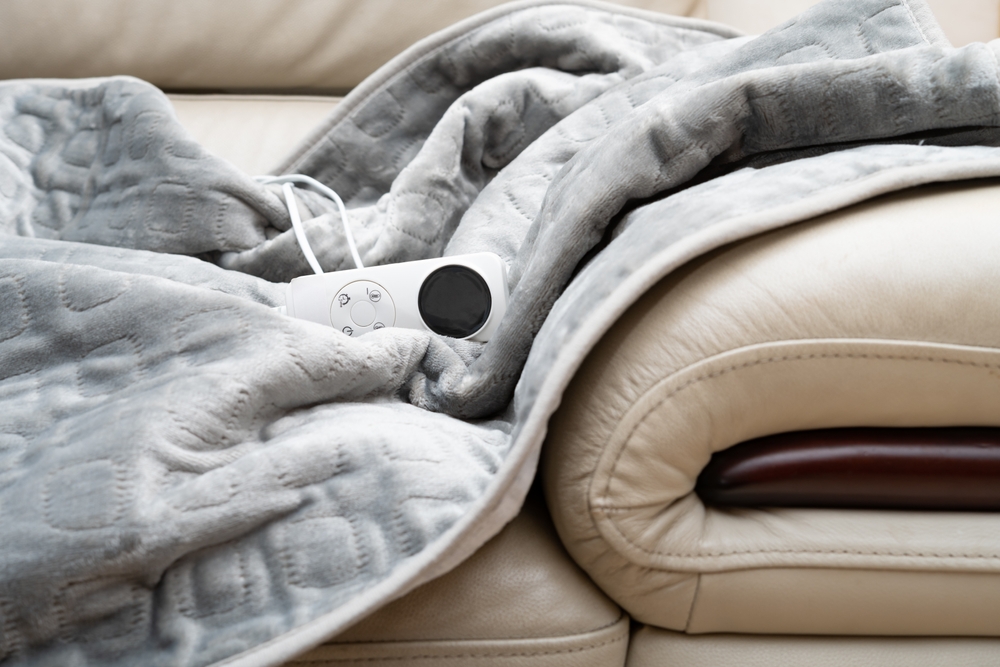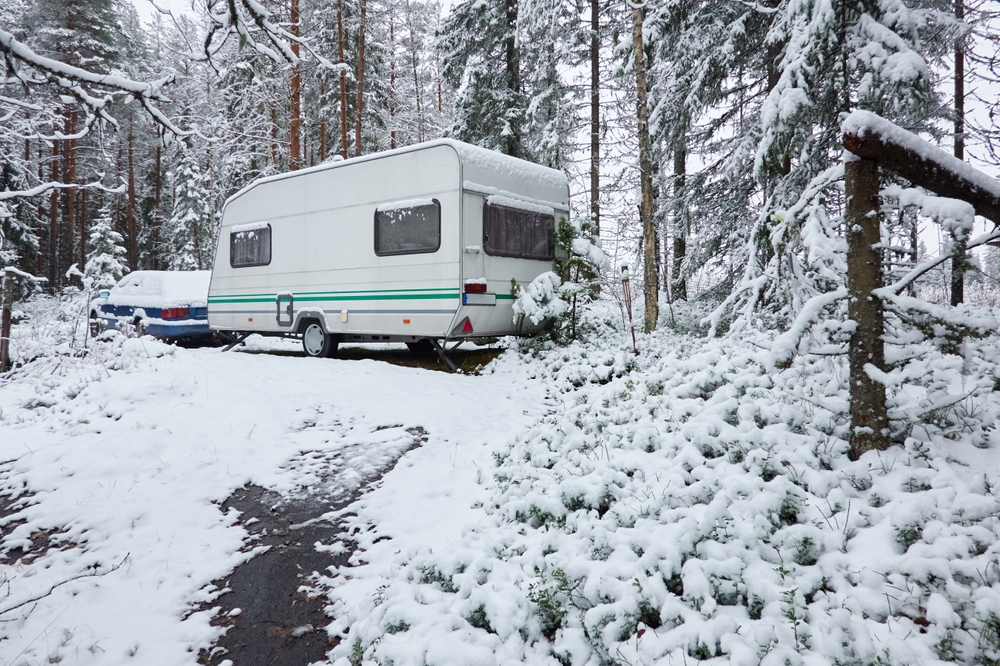A Practical Guide to Cold-Weather Camping
There’s something magical about camping in winter—quiet campgrounds, snow-covered landscapes, and the cozy feeling of being tucked inside your RV while the frost paints the windows. But cold-weather RVing takes preparation. Without the right setup, low temperatures can freeze tanks, burst hoses, and make your living space uncomfortable.
This practical guide will walk you through the essentials—insulation hacks, heated accessories, and how to protect your plumbing—to keep you warm and your RV systems running strong all winter long.
1. Start with Solid Insulation
Your RV’s insulation is your first line of defense against the cold. Here’s how to tighten it up:
Seal Drafts and Windows
- Check window seals for gaps or cracks. Use RV-safe caulk or weatherstripping to seal leaks.
- Add thermal curtains or reflective window covers to trap heat inside and reflect cold out.
- For extra insulation, line windows with Reflectix or bubble insulation sheets that can be easily cut to size.
Insulate Vents and Doors
- Install vent cushions in ceiling fans and skylights to prevent heat loss.
- Apply foam insulation tape around entry doors and storage bay openings.
- If your RV has slide-outs, consider slide-out insulation kits or foam inserts to block cold air from sneaking in.
Add a Skirt Around the RV
RV skirting keeps frigid air from circulating underneath your rig. You can buy custom vinyl skirts or make your own using rigid foam board. This step alone can dramatically increase interior warmth and reduce propane use.
2. Keep Your Plumbing from Freezing
Frozen pipes and tanks are a cold-weather camper’s worst nightmare. Take these steps to protect your RV’s water system:
Use Heated Hoses
A heated water hose keeps your freshwater supply line from freezing. Choose one with built-in thermostatic control and insulation rated for sub-freezing temperatures.
Wrap Exposed Pipes
If you can see any pipes under your RV, wrap them with heat tape or pipe insulation. Don’t forget the connections and valves—these are often the first spots to freeze.
Insulate Holding Tanks
If your RV doesn’t have heated tanks, consider adding tank heating pads. These 12-volt adhesive pads attach directly to the tanks and activate automatically when temperatures drop.
Keep a Drip Flowing
When it’s extremely cold, let your faucets drip slightly overnight. The continuous water movement can prevent ice buildup in lines.

3. Manage Moisture and Condensation
Staying warm often means trapping moisture, which can lead to condensation on windows and walls. Combat this by:
- Running a dehumidifier or using moisture-absorbing crystals.
- Opening a roof vent slightly when cooking or showering.
- Wiping down windows in the morning to prevent mold or mildew buildup.
4. Heat Smarter, Not Harder
Keeping your RV warm doesn’t have to mean burning through propane every night. Mix and match heating methods:
Supplement with Electric Heat
- Ceramic space heaters and oil-filled radiators provide consistent heat without overwhelming your power system.
- If you’re hooked up to shore power, this can significantly reduce propane consumption.
Use Your RV Furnace Efficiently
- Replace or clean furnace filters regularly for maximum airflow.
- Keep vents clear and ensure ducts aren’t blocked by furniture.
- Run the furnace occasionally even if you’re using electric heaters—this helps warm underbelly compartments where tanks and pipes are located.
Try a Heated Mattress Pad or Blanket
These low-wattage electric accessories can keep you cozy at night without cranking up the thermostat.

5. Prep Your RV for Extended Cold
Before winter camping, perform these critical checks:
- Inspect the roof and seals for cracks or leaks that could let in moisture.
- Lubricate slide-outs and seals to prevent freezing shut.
- Check your batteries—cold weather can drain them faster. Keep them charged and consider a battery heater for extreme temps.
- Carry backup heat sources, such as a catalytic propane heater (rated for indoor use) or a portable generator.
6. Choose the Right Campsite
When possible, park with your RV’s front facing the wind—this helps reduce crosswinds against your slide-outs. Seek sites with natural windbreaks like trees or hills, and avoid low areas where cold air settles overnight.
7. Bonus: Cozy Comfort Tips
Beyond the technical prep, make your RV a true winter haven:
- Add throw rugs on the floor to insulate from cold surfaces.
- Keep extra blankets and flannel bedding on hand.
- Enjoy warm drinks, candles (or LED ones for safety), and soft lighting for that ultimate winter ambiance.
Final Thoughts
Cold-weather RVing is all about preparation and smart energy use. With the right insulation, heating, and plumbing protection, you can enjoy quiet, scenic campgrounds year-round—without worrying about frozen tanks or frosty toes.
Whether you’re boondocking in the woods or parked at a winter resort, these simple steps will help your RV stay warm, efficient, and comfortable through the coldest months.
Stay cozy out there—and if you need cold-weather gear, heated accessories, or winterization service, visit your nearest Kunes RV location. Our team is here to help you make the most of your winter adventures!


